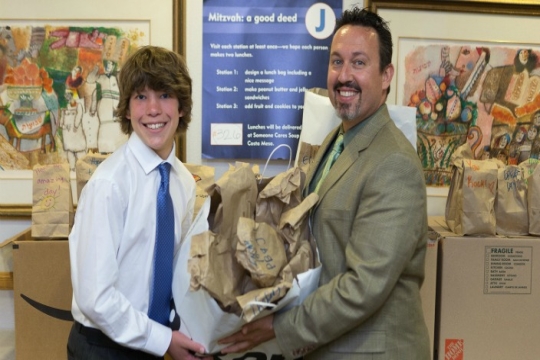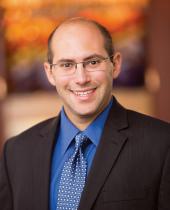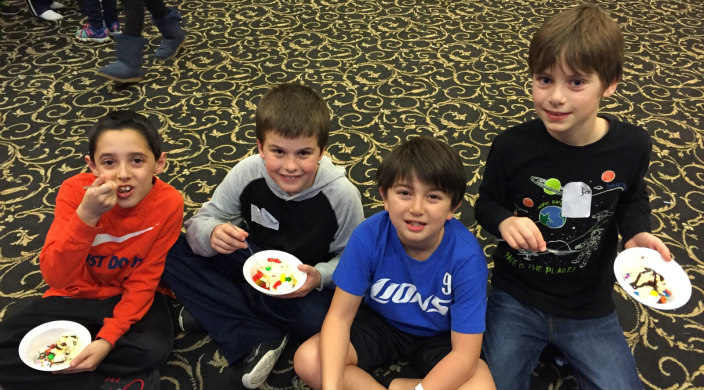
For the past two years, Temple Chai in Long Grove, IL, participated in the URJ’s B’nai Mitzvah Revolution (BMR). Together with 10 other Reform and Conservative congregations from the Chicago area, we shared a collaborative experience that focused on innovative thinking and helped us enhance our families’ b’nai mitzvah experiences as they journeyed through the process.
Based on our desire to see b’nai mitzvah families develop strong, lasting connections to our congregation and to Judaism, we focused our efforts on enriching the family engagement opportunities that are part of Temple Chai’s b’nai mitzvah preparation experience. Our endeavors involved two different experiments.
In the first one, we sought to create connections between b’nai mitzvah families and the congregation’s lay leaders by asking board members to call the families, introduce themselves, and offer congratulations on the simcha (happy occasion). Unfortunately, we discovered that board members were not making the calls, and even when they were, they mostly were leaving voice mails. When they did connect with someone in the family, the connections were superficial and weren’t promoting the engagement or relationship-building we were seeking. Although our experiment failed, it was a perfect failure because it didn’t damage the community, but it did force us to re-evaluate how we could better foster family engagement.
Our second experiment centered on making some changes to strengthen the family engagement component of our existing fourth- and fifth-grade family education model, which included Sunday sessions during religious school that parents joined to learn together with their kids. The first thing we changed was the day and time of the program. Instead of Sunday mornings, we moved the program to Saturday afternoons from 4 to 6 p.m., enabling us to do more with participants – both together as families and separately – after the formal learning ended. For example, we added a Havdalah service to close out the afternoon, something many of the students and their families don’t experience often and then split the kids and parents for dinner. The students enjoyed a pizza dinner followed by a youth group event and overnighter at the temple while the parents had dinner and informal bonding time with our clergy.
In each experiment, we tried to foster connections within the temple for b’nai mitzvah families. In our second attempt, we succeeded, creating opportunities for both parents and kids to connect to the temple, their peers, and the clergy. Nurturing these relationships on the path to b’nai mitzvah will help them experience our temple as a true community – and not only a place for religious education that leads to b’nai mitzvah. The feedback about the new family education program – from both parents and students – has been extremely favorable and therefore, we’ve expanded participation this year to include third- and sixth-grade families as well.
Have something to say about this post? Join the conversation in The Tent, the social network for congregational leaders of the Reform Movement. You can also tweet us or tell us how you feel on Facebook.
Related Posts
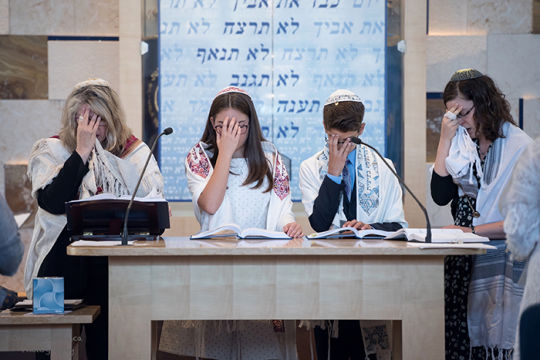
Becoming Bet Mitzvah
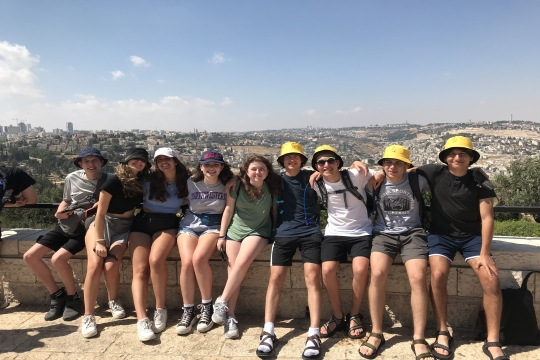
A $3,250 Gift for Your B’nei Mitzvah Teens
